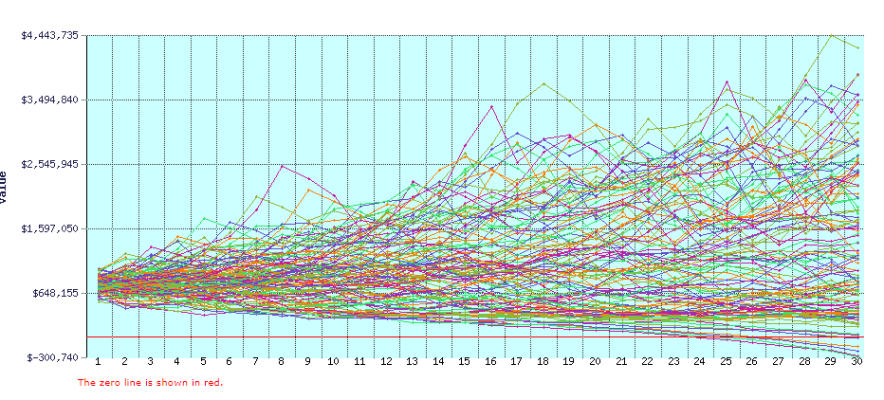Major Tom
Thinks s/he gets paid by the post
If one is repeatedly re-calibrating the 4% rate would they not also have to shorten their survival horizon? If I am 8 years into ER and due to goodie-good-goodie returns leading to a fatter than expected bank account, now I only have to worry about it lasting 22 more years, not thirty. You are always burning the candle from one end but not always from the other end.
In theory, yes. At this point, I think I'm probably going to live about another 30 years (I'm 54). Trouble is, I've a feeling I'll still be thinking that in 10 years from now


